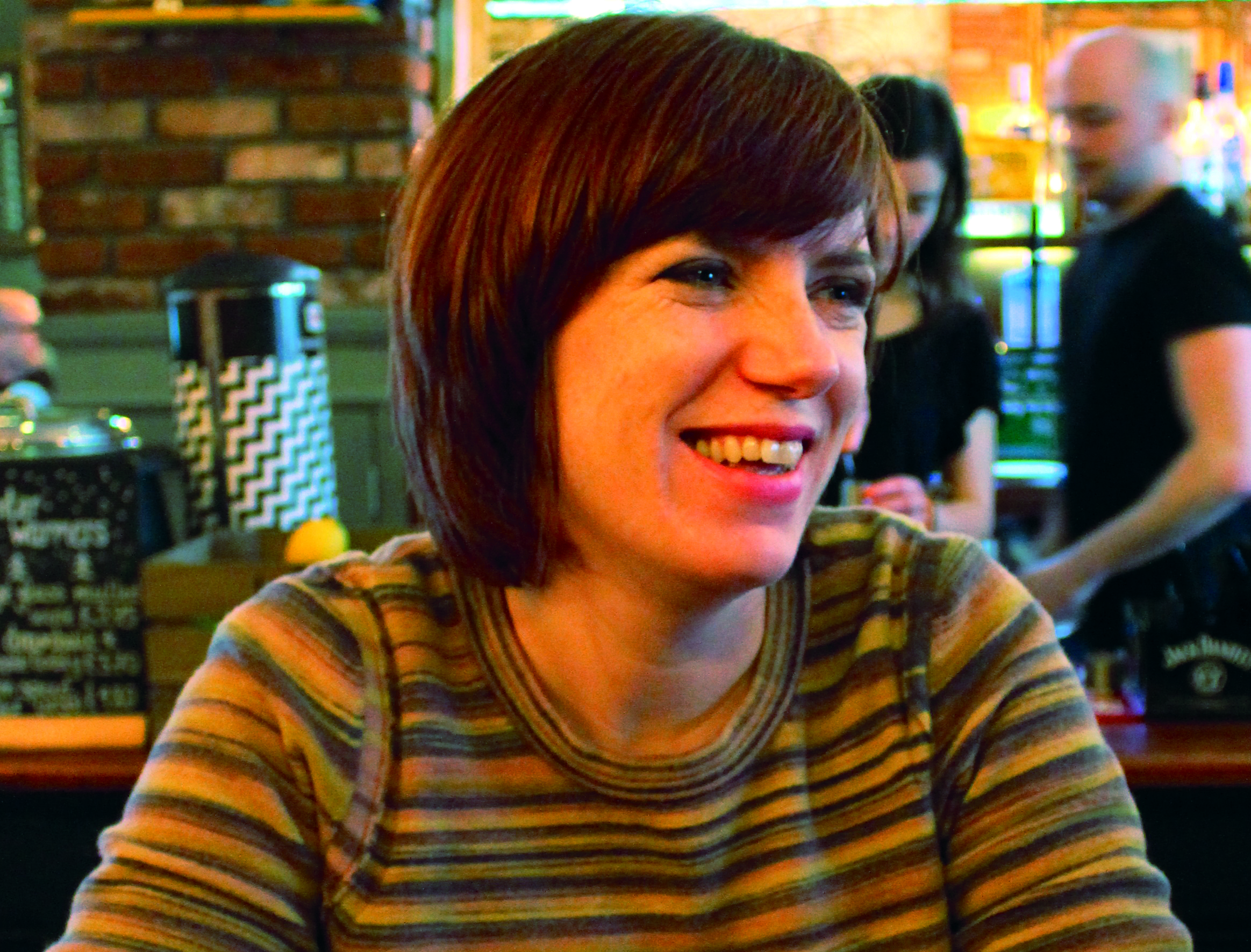Susan Smith explores the role of community health initiatives in improving the quality of life of Scotland's poorest
Spartans Community Football Academy teaches children how to brush their teeth properly as well providing them with a safe place to play. Pilmeny Youth Group feeds kids fruit and healthy eating messages in partnership with Edinburgh Community Food, which also works with older people’s groups, young parents and other groups who need help learning how to cook and eat healthily.
This is just a fraction of the good work voluntary and community health initiatives provide in one small area of Scotland. These sorts of initiatives are doing practical work to break down health inequalities every day.
And according to MSPs, other approaches, such as public health campaigns like the Scottish Government’s Eat Better Feel Better campaign launching this week, do not help. Neither can the NHS provide the answer alone – by the time someone goes to their GP with symptoms that turn out to be Type 2 Diabetes, for example, it is already too late.
The problem is clear, poor people in Scotland continue to live considerably shorter lives blighted by far more ill health than the rest of society
The Scottish Government spent £12 billion on health and wellbeing in 2013/14, 35% of total public spending in Scotland. Yet projects like those mentioned above are struggling on a short-term shoestring of funding. With grants that last at best 12 months, underpaid staff spend far too much time filling in applications for the core costs needed to support their own jobs.
The health and sport committee report into health inequality provides much food for thought; not least that the committee has decided further investigation is unnecessary. The problem is clear, poor people in Scotland continue to live considerably shorter lives blighted by far more ill health than the rest of society.
These people don’t want to be told what to do by their GP or out of touch public health campaigns – a key message of the Eat Better Feel Better campaign, for example, is to get “behind the mums of Scotland to support them to make sure they buy and cook healthier food for their families”.
People living in Scotland’s poorest communities, however, do want to live as long and healthily as everyone else. Investing more in the projects that exist on the streets they live in and ensuring a healthy lifestyle is affordable to everyone is how to fix this problem.






